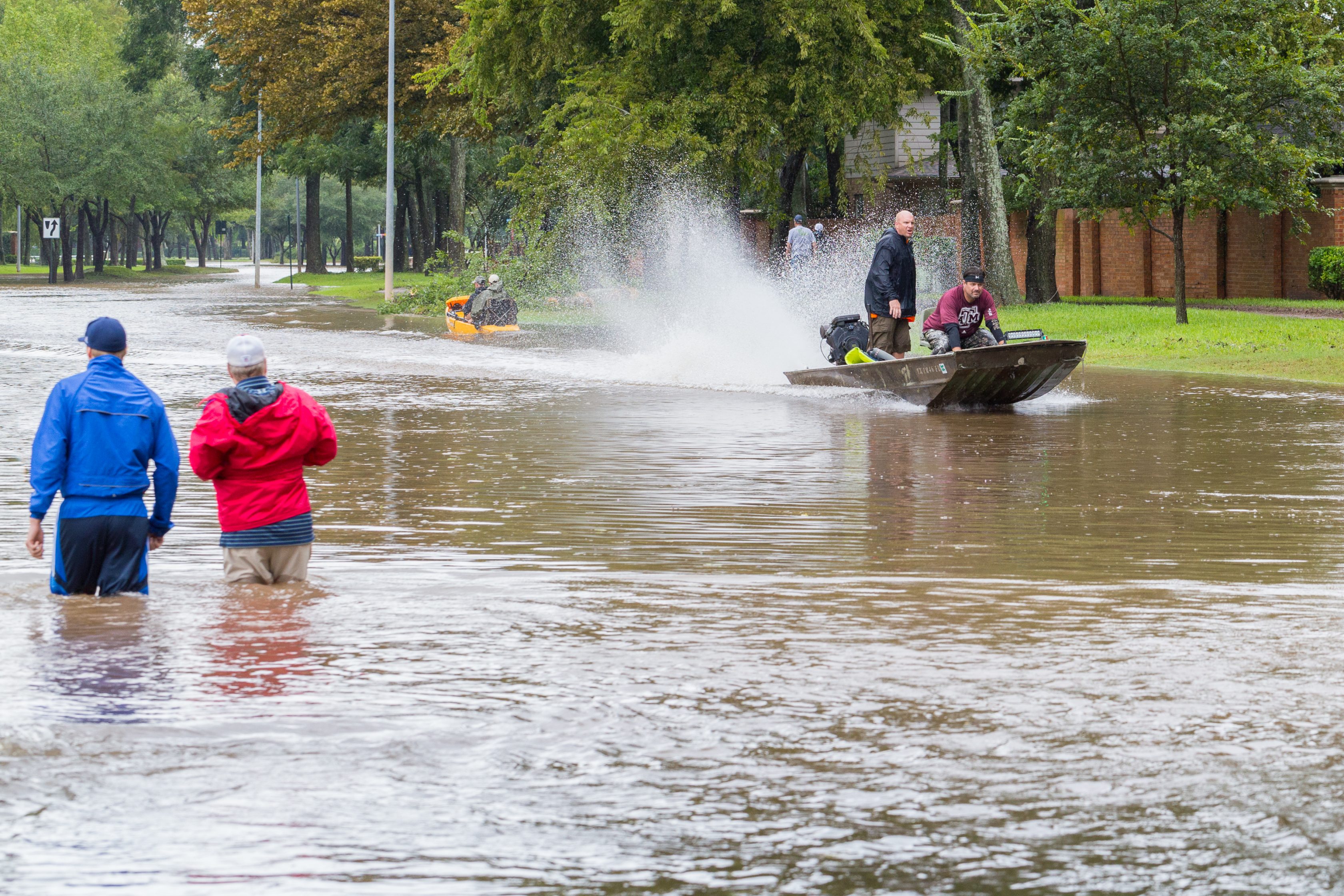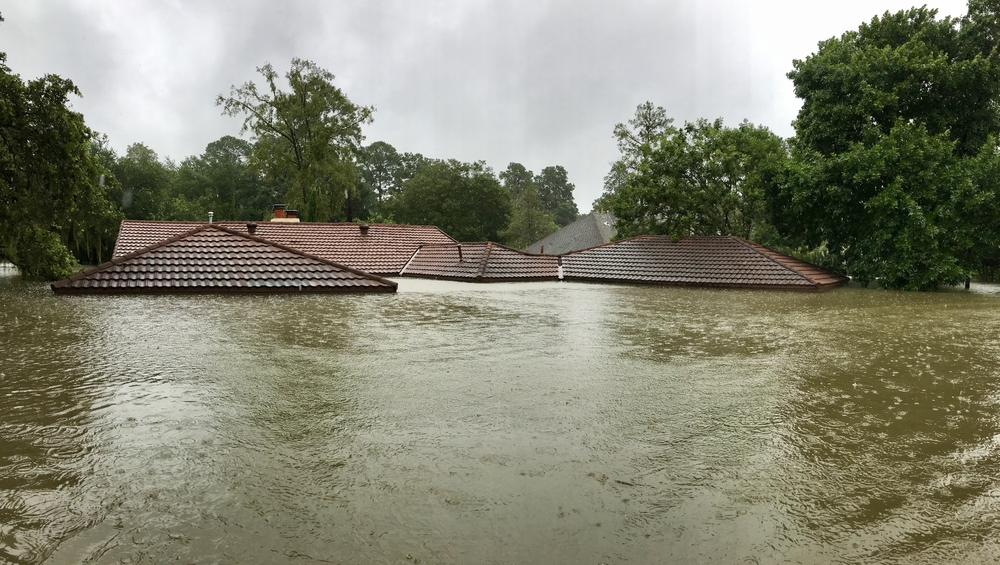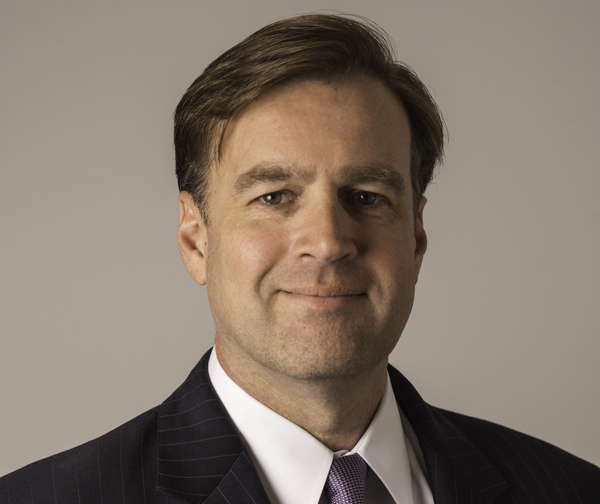Surviving the Storm
Related links
Hurricane Harvey Loss Event Taskforce

What direction is the storm taking? Has the highest water level already been reached or are waters still rising? Which companies have already reported damages? Since Hurricane Harvey has directly impacted the important American economic region around Houston, Texas, the Loss Event Task Force of Allianz’s global industrial insurer Allianz Global Corporate & Specialty (AGCS) has been meeting daily in Munich.
At the table are damage assessors, engineers, climate researchers, reinsurance specialists and financial controllers from the Munich headquarters of AGCS. Experts from the New York and Chicago are also connected via telephone conference as well as a loss adjuster from AGCS' Houston office who is dialing in remotely from his home. The global team discusses prospective storm routes and flooded areas, updates each other and gathers an overview about which AGCS customers could potentially suffer losses from wind damage or torrential rain.
Of course, with modern modeling tools for natural catastrophes and advanced big data analysis, potential loss scenarios for Harvey could easily be developed. But these would change almost hourly and the range of forecast scenarios would be broad. It is currently impossible to assess the damage. Many neighborhoods of the greater Houston have been still underwater over the last weekend. The water levels are expected to recede in the course of this week.However, in some areas it may take one or even two weeks until the water will have completely disappeared. Travel to the damaged areas is difficult to impossible due to road closures, lack of gas in the area and the devastation that has occurred.
Nine trillion gallons of water

Harvey came expected. By the U.S. hurricane forecasters who saw the storm forming days before landfall in Texas and did their best to adjust their forecast as it moved along. By the residents of the Texas coast, especially around Houston because the area is known to be prone to storms and resulting floods. And none the least by NatCat risk experts like Allianz Re’s hydrology and water resources expert Kathrine Wenigmann, who follow floods around the world, and atmospheric science expert Jonathan Meagher, who analyzes non-European storms and hurricanes.
This time, the guest brought an unexpected gift in the form of a record-breaking rainfall. Harvey brought incredible 51 inches (around 1.3 meters per square meter) of rainfall, breaking the national record and forcing the U.S. National Weather Service to add two more colors to their maps to be able to display the amount correctly.
Although quite a few storms had hit the Gulf region in the past years - like Wilma and Katrina in 2005 and Carla back in the 1960s - Harvey was special. Why?
Jonathan: The difference to other storms is that Harvey stalled when it made landfall. The storm stopped directly at the coast and came out back into the Gulf a little. Its path was blocked by two high pressure systems, which prevented it from moving. Usually, the storms move inland and lose their energy quite quickly. Harvey did weaken in a sense that its wind speed dropped but it was still able suck warm water from the Gulf to sustain the storm and rainfall.
So the amount of rainfall might be the same for other storms but might not be experienced in such extreme ways?
Jonathan: Exactly. Once the storms move over land, they lose access to their main source of energy and moisture, which causes the storm to rapidly weaken. Also a moving storm’s rainfall will be spread out over a large area. In addition, the storms move more rapidly over land as they are picked up by mid-latitude winds. Normally, the leftovers end up in the UK within three to four days. Crossing the Atlantic, they lose all their destructive power but it might get somewhat rainier in Northern Europe because of such storms.
Readying for rainy days
With the Houston metro area in Texas still experiencing the fury of Hurricane Harvey, Steve Kennedy, Regional Head of Property, Energy and Engineering Claims for North America at Allianz Global Corporate & Specialty (AGCS), explains how Allianz helps its commercial clients both prepare for and recover from such storms. Excerpts from an interview:
What is the first step you take after such a storm?
Claims work starts long before a storm or flood hits – it’s about preparing businesses for the worst-case scenario. Our team has been in constant contact with adjusters, salvers, accountants, construction consultants - the experts we’ll need on the ground to report back to us - ensuring they’re in place, ready to go and able to handle the expected claim volume. We’re now deploying a dedicated unit of loss adjusters into the region.

Further Information
Forward Looking Statement disclaimer
As with all content published on this site, these statements are subject to our Forward Looking Statement disclaimer: